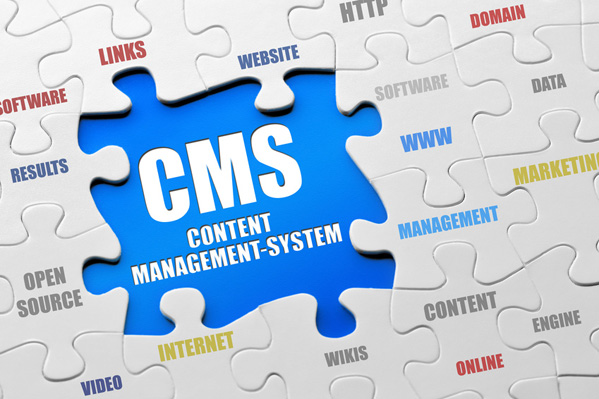The CMS Dilemma Do I need it ? Or do I not ?

Once upon a time there used to be a static page on the internet. It was called WEBSITE. It gave information about something it wanted to, and the visitor had absolutely no way to interact on it.
Today’s website is as far away from it as possible. It is dynamic and alive. It speaks and encourages the user to as well. You can post comments, ask questions, instant message and do just about anything on it. Cool isn’t it?
Now, having said this, we must understand that in order to do all this, we need a Content Management System or CMS that helps us make the website as exciting as it sounds. A dynamic site powered by a CMS enables the site owner to change and update pictures, videos and texts from the site. He can also change the entire look and feel of the site, for freshness and creativity, from time to time.

Alright, so we know CMS is amazing because it makes our site very exciting. But what is it really? It is a system that enables users to post content on a site. So, every time you are posting a status update on twitter or Facebook, you are using a Content Management System.
Although initially it used to be a complicated affair, the installation of the CMS has been streamlined a lot with the advancements in technology. The arrival of server side scripting languages like PHP and ASP.NET have also contributed tremendously in the simplification of the processes of a CMS. Basically, a CMS works alongside your server side, meaning that you don’t have to make changes in your server side each time there’s a change in the content.
Drupal, Joomla, WordPress, OsCommerce and Magento are some of the standard Content Management systems available in the market today. They are not only very popular, but some are open source, which means absolutely free! These generic systems can be integrated with a website. Depending on the nature of website and business requirements a website owner can take help of experienced professionals for developing a customized CMS. This can be developed later or as a part of full website designing.
The obvious answer would be yes. In today’s times almost all the websites use a CMS, regardless of whether it is a blogging site or eCommerce or even a social networking site. Basically, it’s not that you can’t live without a CMS, but surely a static site isn’t a very promising tool for the success of your business.
The Graphical user interface (GUI) of CMS keeps it really simple for the user as he does not require getting into the technical works every so often. Changes can be made quickly and easily without detailed technical knowledge.
CMS has become an essential part of a majority of the websites thriving in a web 2.0 world. It enables easy updation of the site to get a fresh appeal on the site. Because it is so easy to change and update content more and more people are accepting it. CMS has made websites more approachable and interactive. This has stimulated many web designers, to offer creative and out of the box kind of websites.
CMS enables you to break the monotony and keep abreast with the latest. It is hard to imagine a social networking site without a CMS, and a world without a Social Networking site. Therefore, simply put, CMS ensures that visitors are served with current information.
It makes the site easy and cost effective enabling improved interactions for both business and personal purposes. Small or mid-sized companies have the option of choosing an open source CMS to save the costs and yet have an effective and dynamic site.
Author Bio:
Daniel is a digital marketing manager associated with a leading web design outsourcing company that provide high-qaulity web, mobile and software solution to the clients across the world. He likes to share his knowledge and experience through writing articles on web design, website development, CMS Development, SEO & Social Media related topics.
